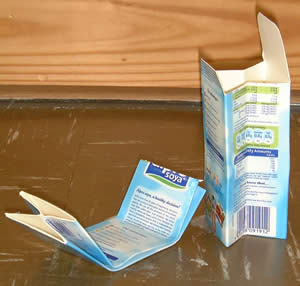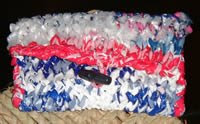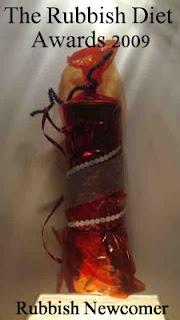We didn't think it could be the Bokashi bins because they're not supposed to smell, but, as it turns out, it was.
The Bokashi bins had been great during the winter months, using them meant that we didn't have to traipse all the way down to the compost bins at the bottom of the garden (because the wormery, which is closer, had practically gone into hibernation and you can put anything into a Bokashi bin).
When the wormery warmed up and the worms were happily munching their way through our kitchen scraps we had (I'm extremely sorry to say) neglected the bokashi bins. Plus we had only read the beginning part of the instructions propery, the bit about filling it, so had forgotten that once the bin is full it's only supposed to be left for two weeks max before either adding to the compost bin or digging into the garden.
It had been about two months since we'd filled the second bin! Whoops.
Having said that, I'm not sure that the smell was just due to the length of time the materials had been fermenting. During those two months, we hadn't been draining the liquid off regularly either. Or possibly we hadn't added enough of the innoculated bran...
What is for sure, it that we'll definitely be paying more attention this time round.
 I wasn't really sure that to do with the contents of the bins. I don't know if they will still have the same beneficial properties of properly made bokashi (probably not), or whether they are going to kill any plants that grow near it (I hope not!), so I decided to add one to our main compost bin (on the grounds that it's only half full and it will be diluted) and one to a flower bed.
I wasn't really sure that to do with the contents of the bins. I don't know if they will still have the same beneficial properties of properly made bokashi (probably not), or whether they are going to kill any plants that grow near it (I hope not!), so I decided to add one to our main compost bin (on the grounds that it's only half full and it will be diluted) and one to a flower bed. Craig (Transition House) had recently moved a buddleia to a better position. The area that it was growing in is sandy, nutrient poor and dry. Hopefully the mixture will improve the soil. My guess is that any organic matter would improve that soil, but I'm not going to risk my veggies in it just yet!



















